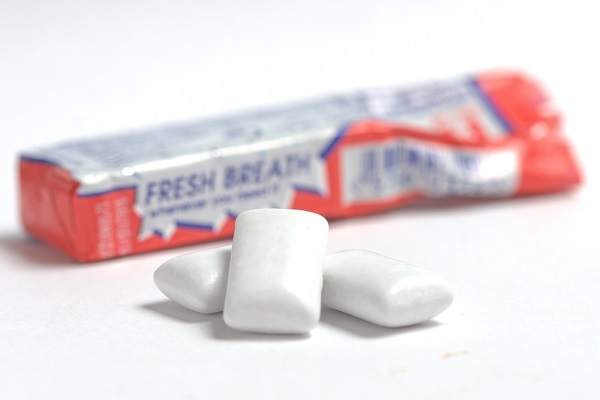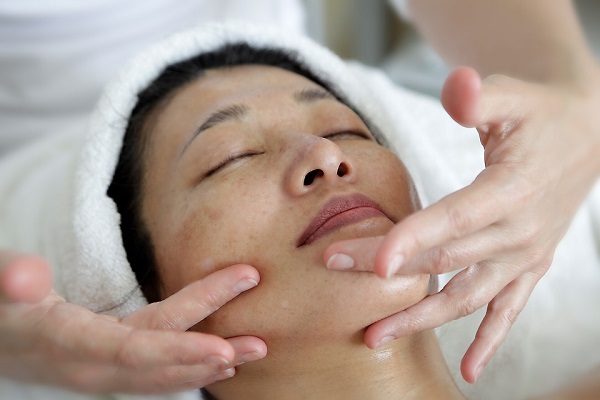Jaw and neck tightness is a common condition that impacts many individuals. Sometimes, the pain and discomfort can be unbearable. The purpose of our article is to help you learn more about this condition by understanding its causes, symptoms, and the available treatment options to manage it effectively.

Jaw and Neck Tightness Causes
1. Stress
One of the most frequently asked questions people have about jaw and neck pain is does stress cause jaw pain? In short, the answer is a resounding yes. This is one of the most common causes for many people. The reason for this is that stress can cause you to inadvertently clench or grind your teeth. Over time, this pressure builds up and leads to immense amounts of pain.
2. TMJ
TMJ, short for temporomandibular joint disorder, is another one of the most common causes of jaw and neck pain and tightness. Pain associated with these types of conditions is almost always chronic in nature. Treatment sometimes consists of the use of various surgical procedures to correct the underlying cause and restore the jaw to its correct position.
3. Bruxism
Bruxism is a condition where an individual grinds their teeth in their sleep. The exact cause of the behavior is unknown. However, many professionals believe that this condition is tied to genetics, dental deformities, stress, or a combination of the three. For many individuals, the best course of action is to invest in a dental guard to help prevent accidentally damaging the teeth further.
4. Excessive Chewing
If you love chewing gum or taffy, this could be one of the main causes of your neck and jaw tightness. Just like bruxism, the chewing motion puts pressure along the jaw and often results in significant pain and tender joints. Thankfully, the pain caused by this issue is usually the easiest to rectify.

5. Tetanus
Though not nearly as common, tetanus is another potential cause of tightness in your neck and jaw. Tetanus occurs as the result of exposure to a specific bacteria, Clostridium tetani. Fortunately, most individuals should be protected from this infection due to the development of a vaccine. Just remember to get your booster regularly to maintain your protection later in your adult life.
6. Arthritis
Arthritis is another very common cause of pain in your jaw and neck. The two most common arthritis types that can impact this condition are rheumatoid arthritis and osteoarthritis. Osteoarthritis is the much rarer of the two that can cause it. The reason for this is that this arthritis type has a much lower chance of affecting the TMJ region of your body.
With rheumatoid arthritis, the chances are much greater. As much as 80 percent of people with RA are also affected by TMJ disorders. Therapy to manage the symptoms of rheumatoid arthritis can often significantly improve neck and jaw stiffness as well.
Neck and Jaw Tension Symptoms
Before learning how to release jaw tension, it’s important to focus on its most common symptoms. Most users will notice a tenderness in the lower portion of their jaw. This slight pain can impact just one or both sides at once.
Another symptom that many users report is a slight popping or clicking noise when they widen their mouth to yawn. This is often associated with TMJ conditions and is one of the main things doctors look for to help identify the condition.
Difficulty chewing for extended periods is another sign that you may be suffering from neck and jaw tension. For others, pain resembling that of a minor ear infection is also commonly reported. Other symptoms tend to occur as a secondary result of the condition itself. For example, tension headaches are a common occurrence for many individuals.
How To Treat Neck and Jaw Pain
1. Mouthguards
As mentioned previously, two of the main root causes of neck and jaw pain are bruxism and TMJ. Fortunately, one of the most effective solutions for both of these causes is the investment in an appropriate mouthguard.
In both cases, the main goal of the mouthguard is to return your jaw’s alignment and position to a healthy state. Your doctor will likely perform a specialized scan to get the measurements necessary to create your personalized mouthguard. In the case of bruxism, the other important function of the guard is to prevent needless wear and tear on your teeth.
2. Exercises
Exercise is another effective tool to help relieve pain and pressure in your neck and jaw. These types of exercises are designed to encourage the proper range of motion and to slowly stretch and workout the TMJ area. The important thing to note about these types of activities is that a little bit goes a long way.
Most of the exercises are designed to be done just a few times a day. You should carefully follow whatever instructions your doctor gives you to ensure you get the best results possible. The type of exercise recommended will depend on the root cause of your stiffness and pain.
3. Massage
Massage is another effective tool for jaw and neck tightness that can help relieve stress, reduce pain, and release tension in the TMJ area. Using light circular motions, gently apply pressure to the base of your jaw. The pressure should be firm enough to work the joint, but light enough that it does not cause needless pain.

Try doing this one or two times a day. The increased blood flow to the area will likely help release tension and speed healing. Just remember not to overdo it and to use controlled motions for the best results.
Conclusion
Fortunately, jaw and neck tightness is typically a condition that you can manage effectively at home with little to no costs. The most important thing to do first is to identify the root cause of your symptoms. Once this is done, you can try the treatment method that is most suitable for your given situation. If there are any treatment tips for jaw and neck tightness you would like to share, feel free to tell us about them.
Recommended Read: Yoga for TMJ: 4 Effective Poses

Leave a Comment